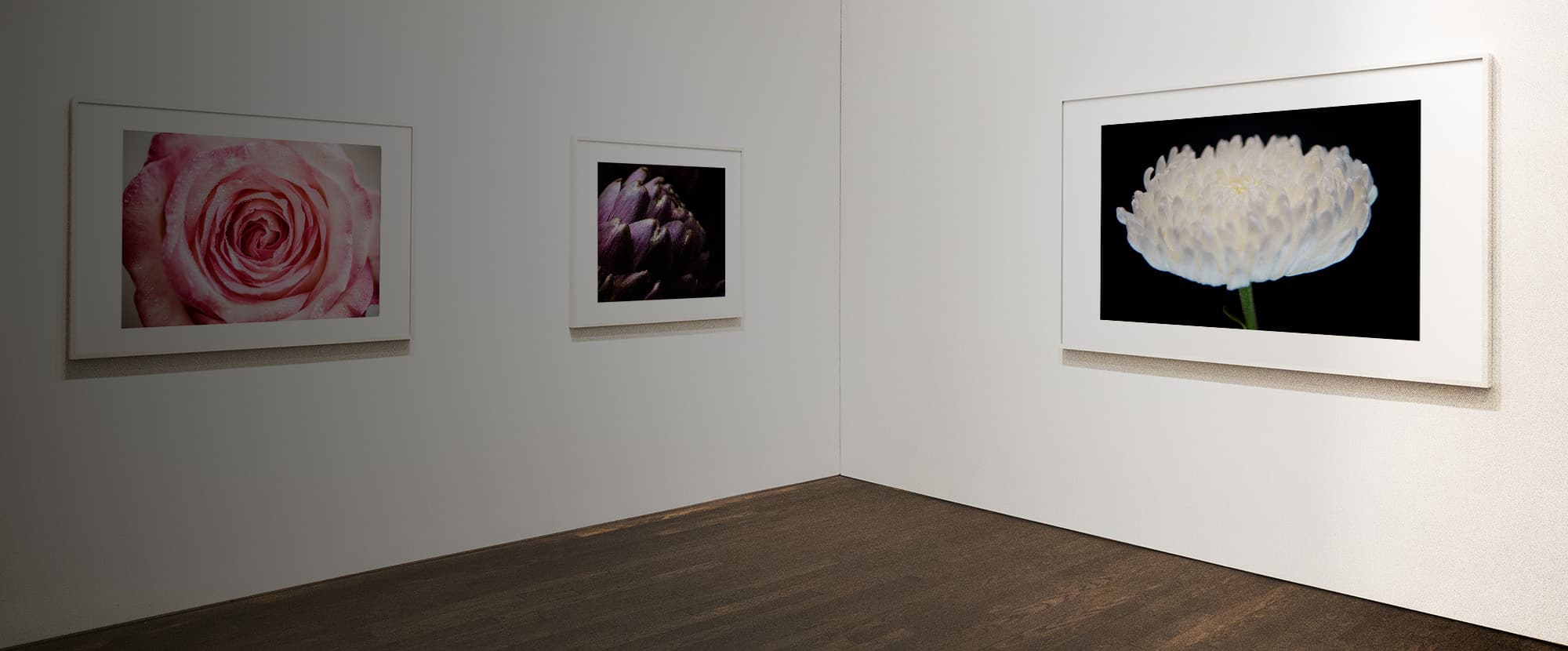
Where To Sell Fine Art
POSTED ON November 1, 2022 BY Logistics SpecialistWhether you invest in it or create it yourself, there is a lot of value in fine art. When it comes to parting with your piece, it can be a challenge to understand how and where to sell it. Fine art holds great value, so it is important to navigate the selling process as best as possible. In our guide, we outline how to sell your fine art for what it’s worth, as well as provide some great local and online options to list your item.
How To Sell Fine Art
Making money from fine art takes a lot of time and investment, and selling it can prove a challenge. It is vital to understand how to build your audience, how to price your fine art, and to know the unique challenges that can arise during the selling process.
Finding Your Audience – To identify your target audience, take a look at your art. What subjects do they include? What medium is used? What is the scale? What is the style? Your target audience will fit into the answers. For example, if your fine art features a lot of animals, perhaps your audience will be animal lovers or have pets of their own. You could consider selling your work at a local farm shop or outdoor art fair.
Pricing – Research prices for comparable artists and stand by your price.
Understand The Costs – Some costs come hand-in-hand with selling fine art. For example, the cost of packaging, shipping and gallery commission will need to be considered.
Selling Fine Art Online
Selling art online is a hugely popular option, with gallery websites growing in popularity by the day. Thanks to the internet, you can share your work with art enthusiasts across the globe, broadening your reach. With so many options, it can be tricky to decide on a platform to suit your needs. Here is a list of some of the most popular options for fine art sellers.
Etsy – Etsy is the marketplace of the future. It is the hotspot for crafters, designers and artists to showcase their work, and since its launch in 2005, has become the perfect place for buying and selling. The platform is huge, and being so popular, competition for selling fine art is high. To create your own shop on Etsy, you will first need to create an Etsy account if you don’t already have one. You can then set your shop location, select a currency, choose a name and add a listing. You can also add a payment method of your choice, as well as a billing method. Etsy is a secure marketplace, and the process is fairly simple. There are, of course, fees that will need to be paid, which can be found on the Etsy website.
Shopify – Shopify is an e-commerce platform that makes selling fine art easy. The platform allows you to create your own branded website to showcase your fine art to potential buyers. There are a number of templates to use as well as a full suite of marketing tools to help maximise your reach. In addition, the user-friendly features allow you to have full control over your inventory and allow you to manage payments and shipments all in one place. You will first need to sign up for Shopify, including your contact details and a store name. You can then add your products and customise your website design, adding a theme that suits your brand and the art that you are selling. You can then add shipping and tax details, as well as your payment method of choice. You can then go live and start selling!
ArtGallery – ArtGallery is the UK’s leading gallery website. This website allows for a slightly more ‘hands-off’ approach; the website will display, advertise and market your fine art for you. You will be responsible for packing and dispatching.
Selling Fine Art Locally
Selling fine art on a local scale reaps many benefits. Not only is it better for the environment with far less transportation, but can also be cheaper. Following the COVID-19 pandemic, more and more artists are going local, selling to communities in their areas. Whatsmore, you get added support from friends and family members, and meeting your customers can build meaningful connections and repeat customers. Here are some places that you can look at first.
Galleries – Working with your local art gallery is the best place to start. A good gallery puts artwork in front of new buyers, helping to generate sales and interest. Seeing the pieces in person is great for driving interest and new opportunities. If you have a selection of local galleries to choose from, be sure to select one that sells works of a similar style to yours. This will ensure the right audience is viewing your art.
Art Fairs – Art fairs can be more expensive, but again, can put you in front of a local community of people. You can typically charge slightly more money at art fairs.
Restaurants and bars – An unusual option, but a very effective one. Creative restaurants and bars will sometimes be happy to hang your art on their walls with a price tag for potential purchasers. Welcoming a constant flow of new people, selling in local restaurants and bars will open your art up to a whole range of new customers.
At Momentous, we provide art logistics for any occasion. Whether you need to install a single work of art or manage the constant movement of an entire curated collection, get in touch today to see how we can help you.




